Home>Maintenance & Safety>Child & Elderly Safety at Home>Why Was The Boon High Chair Discontinued?
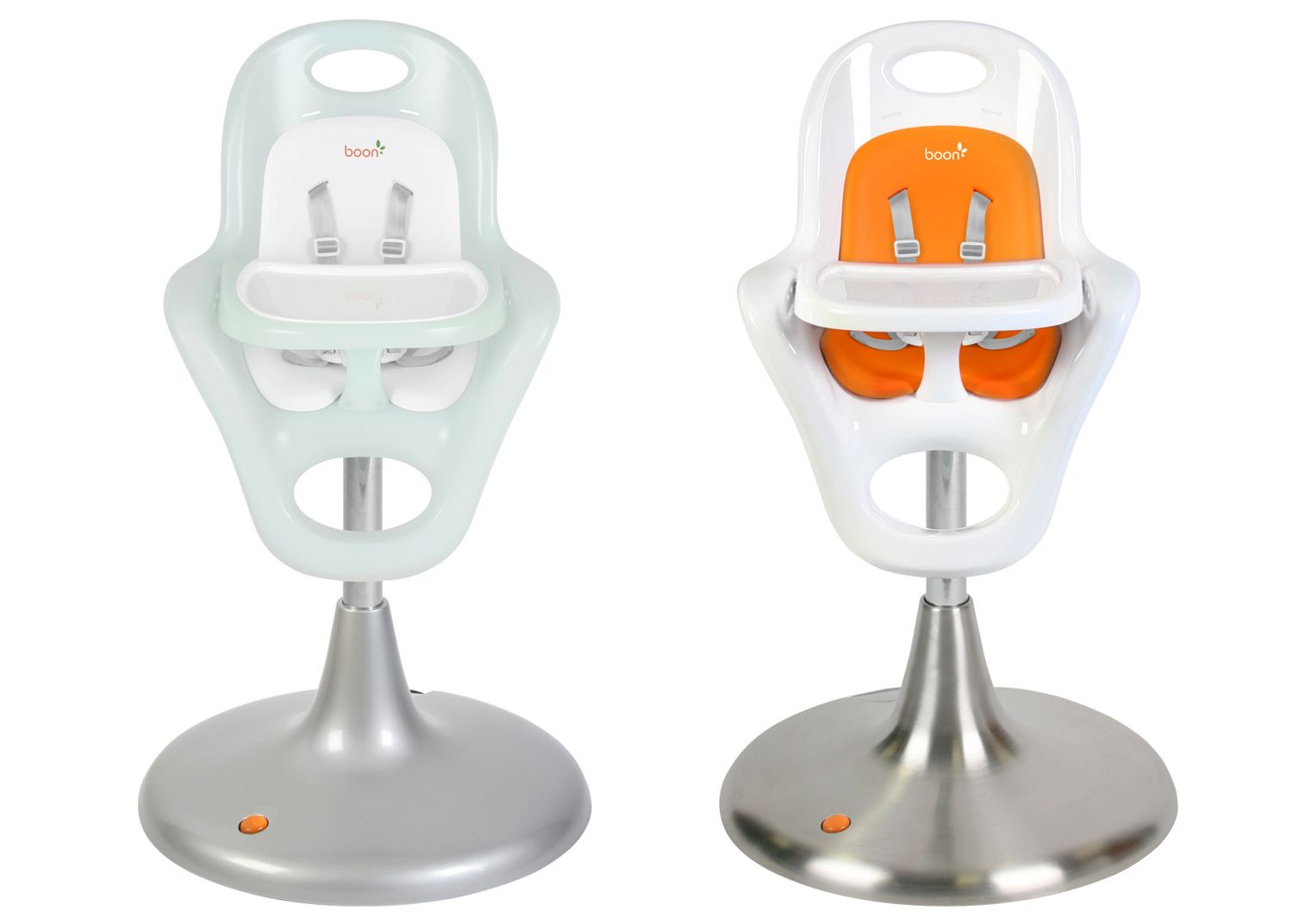

Child & Elderly Safety at Home
Why Was The Boon High Chair Discontinued?
Modified: October 27, 2024
Discover why the Boon high chair was discontinued and learn about child and elderly safety at home. Find out how to ensure a secure environment for your loved ones.
(Many of the links in this article redirect to a specific reviewed product. Your purchase of these products through affiliate links helps to generate commission for Storables.com, at no extra cost. Learn more)
Introduction
The Boon high chair has been a staple in many households, providing a safe and convenient seating solution for infants and toddlers during meal times. With its sleek design and innovative features, the Boon high chair quickly gained popularity among parents seeking a modern and functional feeding chair for their little ones. However, despite its widespread acclaim, the Boon high chair has been discontinued, leaving many consumers wondering about the reasons behind this decision and seeking alternative options to meet their child's feeding needs.
The discontinuation of the Boon high chair has sparked curiosity and concern among parents who have come to rely on its practicality and reliability. As a result, it's essential to delve into the history of the Boon high chair, explore the factors that led to its discontinuation, and examine the impact of this decision on consumers. Additionally, we will explore alternative high chair options that can serve as suitable replacements for the beloved Boon high chair, ensuring that parents can continue to provide a safe and comfortable feeding environment for their little ones.
Key Takeaways:
- The Boon high chair was discontinued due to evolving market trends, manufacturing challenges, and changing safety standards, prompting parents to seek alternative, innovative, and safety-focused feeding chair options for their little ones.
- Parents impacted by the discontinuation of the Boon high chair can explore alternative options such as the OXO Tot Sprout Chair, Stokke Tripp Trapp Chair, Inglesina Fast Table Chair, and Peg Perego Siesta High Chair, ensuring a seamless transition to a new, trusted feeding solution.
Read more: Why Do You Need A Footrest For High Chair?
History of the Boon High Chair
The Boon high chair emerged as a game-changer in the realm of child safety and convenience during meal times. Boon, a renowned brand synonymous with innovative baby products, introduced the high chair to cater to the evolving needs of modern parents. The history of the Boon high chair is rooted in a commitment to providing a contemporary, user-friendly, and aesthetically pleasing solution for infant and toddler feeding.
Boon's high chair was designed with a focus on functionality and style, reflecting the brand's dedication to merging practicality with a sleek, modern aesthetic. The chair featured a compact, space-saving design, making it ideal for urban dwellings and smaller living spaces. Its minimalist yet sturdy construction appealed to parents seeking a high chair that seamlessly integrated into their home decor while ensuring the safety and comfort of their child.
Furthermore, the Boon high chair incorporated innovative elements such as adjustable height settings, a removable tray, and easy-to-clean surfaces, addressing the everyday challenges faced by parents during meal times. The chair's versatility and adaptability to different stages of a child's growth made it a popular choice among families looking for a long-term feeding solution.
The history of the Boon high chair is also intertwined with its positive impact on fostering independence and self-feeding skills in young children. With its ergonomic design and child-friendly features, the high chair encouraged little ones to engage in meal times with confidence and autonomy, promoting healthy eating habits and social interaction.
Moreover, the Boon high chair's introduction marked a shift in the perception of traditional feeding chairs, elevating them from mere functional pieces to stylish and contemporary additions to modern homes. Its availability in a range of attractive colors and finishes further contributed to its appeal, allowing parents to select a high chair that complemented their home decor while prioritizing their child's safety and comfort.
In essence, the history of the Boon high chair is a testament to Boon's dedication to redefining the standards of child-centric products, offering parents a high chair that seamlessly blended form and function while prioritizing safety, convenience, and style.
Reasons for Discontinuation
The decision to discontinue the Boon high chair, a beloved and widely acclaimed feeding solution, stemmed from a confluence of factors that influenced the brand's strategic direction and product offerings. While the Boon high chair garnered a dedicated following and earned a reputation for its innovative design and practical features, several considerations led to its discontinuation.
One of the primary reasons behind the discontinuation of the Boon high chair was the evolving landscape of consumer preferences and market trends. As the childcare industry continued to witness advancements in feeding chair technology and design, Boon, like many other brands, faced the challenge of staying ahead of the curve and meeting the shifting demands of parents. The competitive nature of the market necessitated constant innovation and adaptation, prompting Boon to reevaluate its product lineup and make strategic decisions regarding the continuation of existing offerings.
Additionally, changes in manufacturing processes, material sourcing, and supply chain dynamics played a pivotal role in the discontinuation of the Boon high chair. The complexities associated with sourcing high-quality materials, ensuring sustainable production practices, and maintaining cost-effectiveness posed challenges for the brand. In light of these considerations, Boon may have opted to streamline its product range and allocate resources to newer, more sustainable product lines that align with contemporary environmental and ethical standards.
Furthermore, consumer feedback and evolving safety standards likely influenced the decision to discontinue the Boon high chair. As parents increasingly prioritize safety, ease of cleaning, and multifunctionality in feeding chairs, brands are compelled to adapt their offerings to meet these evolving expectations. The discontinuation of the Boon high chair may reflect Boon's commitment to responding to consumer feedback and aligning its product portfolio with the latest safety and functionality benchmarks.
Moreover, market demand and sales performance are crucial determinants in the lifecycle of a product. While the Boon high chair enjoyed widespread popularity, shifts in consumer purchasing behaviors and the emergence of new competitors may have prompted Boon to reevaluate the high chair's place in the market. By discontinuing the high chair, Boon could reallocate resources and focus on developing new products that resonate more effectively with contemporary consumer needs and preferences.
In essence, the reasons for discontinuing the Boon high chair are multifaceted, encompassing market dynamics, manufacturing considerations, safety standards, and consumer feedback. While the decision may have disappointed loyal users, it underscores Boon's commitment to adapting to industry changes and prioritizing the development of innovative, sustainable, and safety-focused childcare solutions.
Check the manufacturer’s website or contact their customer service to find out the specific reasons why the Boon High Chair was discontinued.
Impact on Consumers
The discontinuation of the Boon high chair has reverberated across the community of parents and caregivers, eliciting a range of emotions and practical considerations. For many consumers who had integrated the Boon high chair into their daily routines, the news of its discontinuation prompted a sense of nostalgia and attachment to a trusted and reliable childcare essential. The impact on consumers transcends mere inconvenience, extending into the realm of emotional connection and the practical implications of finding suitable alternatives.
From a practical standpoint, the discontinuation of the Boon high chair has prompted consumers to seek alternative feeding solutions that align with their preferences for safety, functionality, and aesthetic appeal. Parents who valued the Boon high chair for its space-saving design, adjustable features, and ease of cleaning are now faced with the task of identifying a replacement that offers comparable benefits. This search for alternatives entails research, comparison, and the potential need to adapt to a new feeding chair that meets the unique needs of their child and household.
Moreover, the impact on consumers extends to the emotional realm, as many individuals have formed sentimental attachments to the Boon high chair due to the memories and experiences associated with it. The chair may have been a constant presence during significant milestones in a child's development, serving as a reliable and comforting space for meal times and bonding. Its discontinuation has prompted a sense of loss and nostalgia among consumers who cherished the role it played in their daily lives, underscoring the emotional significance of childcare products in family dynamics.
Additionally, the discontinuation of the Boon high chair has sparked conversations within parenting communities, leading to shared experiences, recommendations for alternative products, and a sense of camaraderie among individuals navigating similar transitions. The impact on consumers has fostered a collective exchange of insights, tips, and support as families adapt to the absence of a familiar and cherished childcare accessory.
In essence, the impact of the Boon high chair's discontinuation on consumers encompasses practical adjustments, emotional resonance, and community engagement. While the news may have prompted initial concerns and reflections, it has also catalyzed a collective effort to explore new options, share experiences, and adapt to the evolving landscape of childcare products.
Alternatives to the Boon High Chair
In light of the discontinuation of the beloved Boon high chair, parents and caregivers are actively seeking alternative feeding solutions that encapsulate the safety, functionality, and aesthetic appeal they valued in the Boon chair. Fortunately, the childcare market offers a diverse array of high chairs that cater to varying needs and preferences, ensuring that families can find suitable alternatives to seamlessly integrate into their daily routines.
One notable alternative to the Boon high chair is the OXO Tot Sprout Chair, renowned for its versatility and longevity. This high chair features adjustable seat and footrest heights, accommodating children from six months to five years, and boasts a sleek, modern design that complements contemporary home decor. Its easy-to-clean surfaces and removable tray align with the practicality parents seek in a feeding chair, while its sturdy construction prioritizes safety and stability.
Another compelling alternative is the Stokke Tripp Trapp Chair, celebrated for its ergonomic design and adaptability to a child's growth. This chair evolves with the child, serving as a high chair during infancy and transforming into a versatile seat for older children and adults. Its timeless aesthetic and durable build make it a long-term investment for families, emphasizing sustainability and functionality.
For parents prioritizing space efficiency and portability, the Inglesina Fast Table Chair presents an appealing alternative to traditional high chairs. This innovative chair attaches to most tabletops, offering a secure and convenient seating solution for infants and toddlers during meal times. Its lightweight, foldable design makes it ideal for travel and compact living spaces, catering to the dynamic lifestyles of modern families.
Additionally, the Peg Perego Siesta High Chair stands out as a multifunctional alternative, featuring a reclining seat, adjustable height settings, and a removable tray. This high chair accommodates various seating positions, from feeding to relaxation, and its intuitive design facilitates effortless cleaning and maintenance, addressing the practical considerations valued by parents.
Ultimately, the discontinuation of the Boon high chair has prompted a quest for alternative feeding chairs that encapsulate the qualities and features cherished by consumers. The diverse range of high chair options available empowers parents to select a suitable alternative that aligns with their child's needs, household dynamics, and personal preferences, ensuring a seamless transition from the beloved Boon high chair to a new, trusted feeding solution.
Frequently Asked Questions about Why Was The Boon High Chair Discontinued?
Was this page helpful?
At Storables.com, we guarantee accurate and reliable information. Our content, validated by Expert Board Contributors, is crafted following stringent Editorial Policies. We're committed to providing you with well-researched, expert-backed insights for all your informational needs.
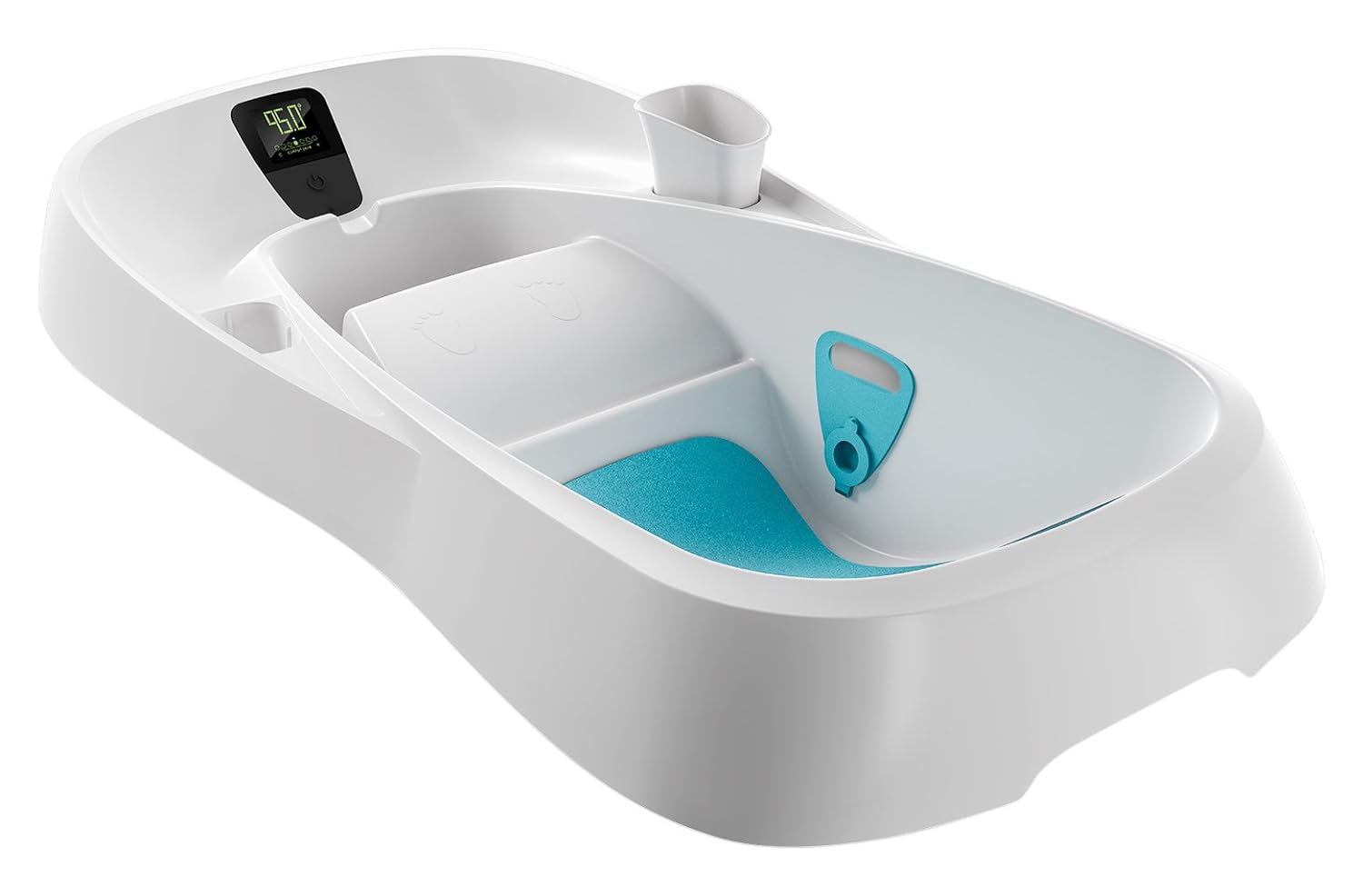
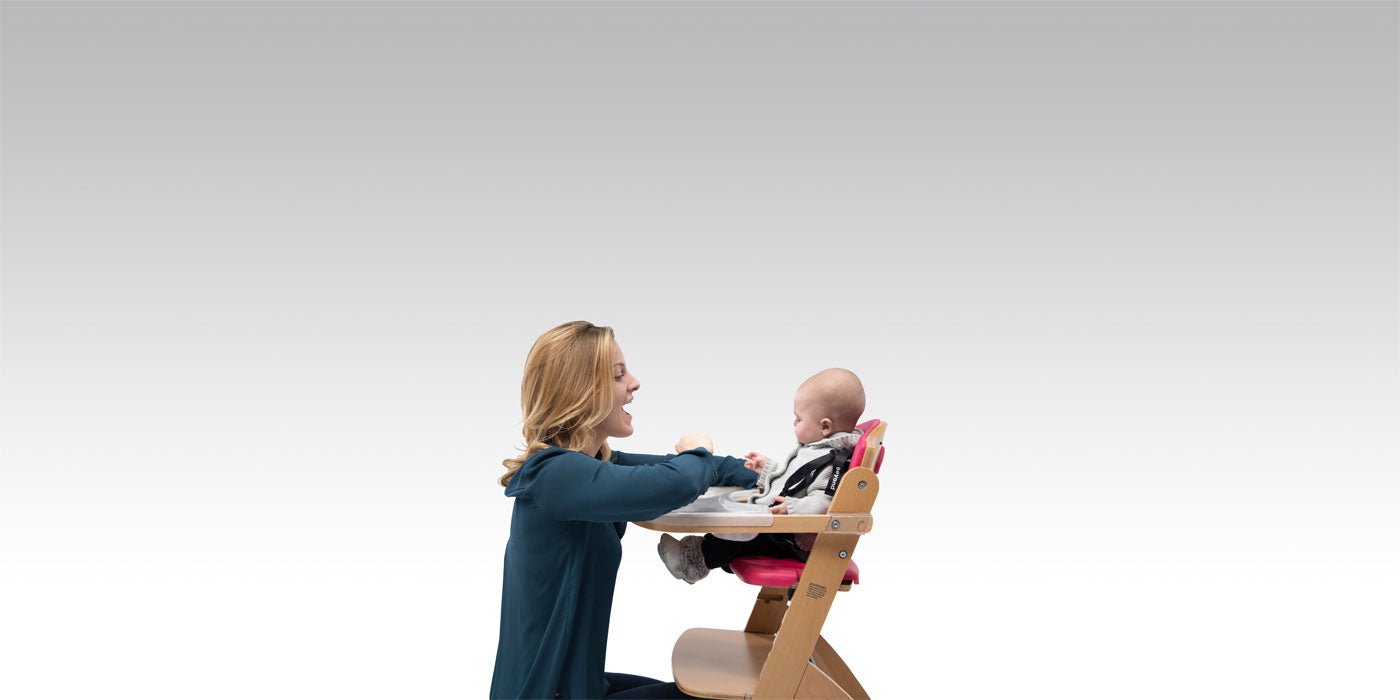
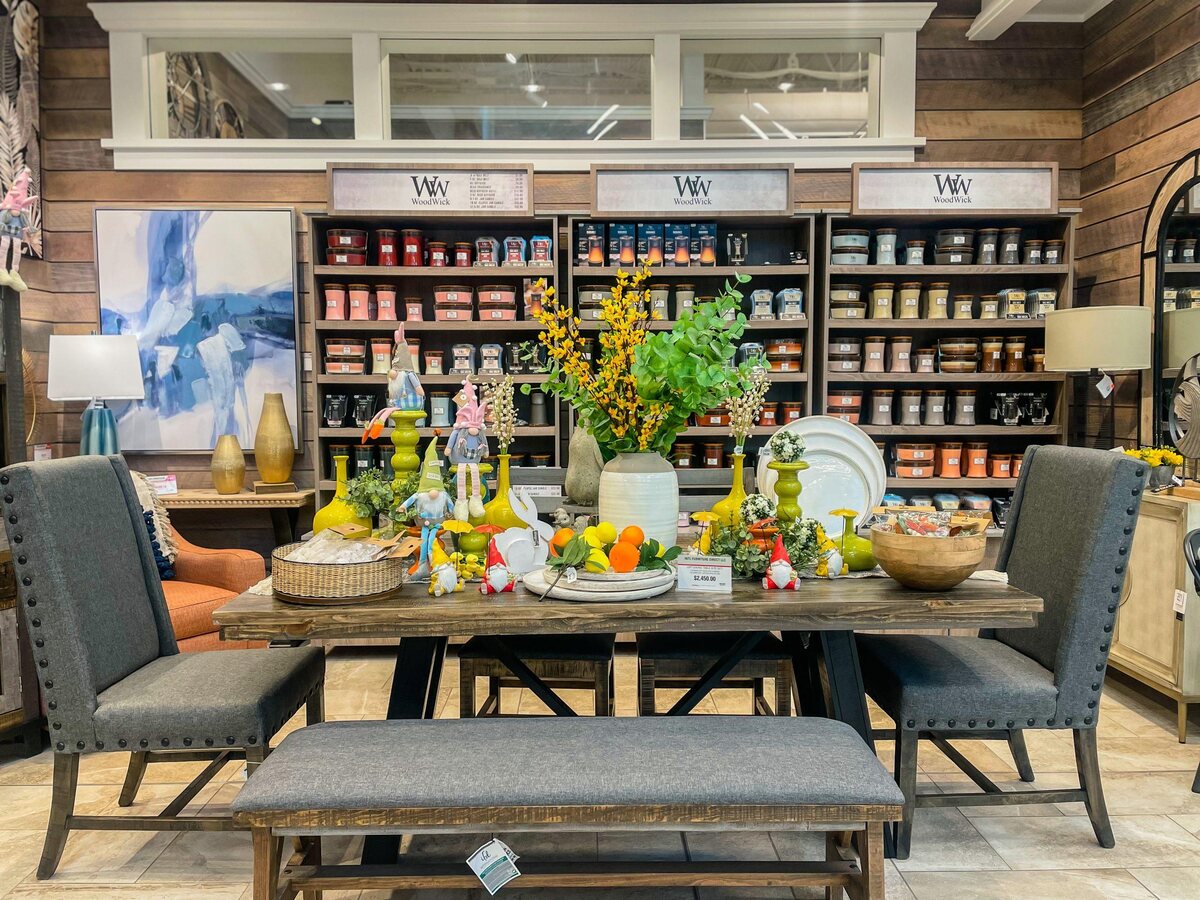
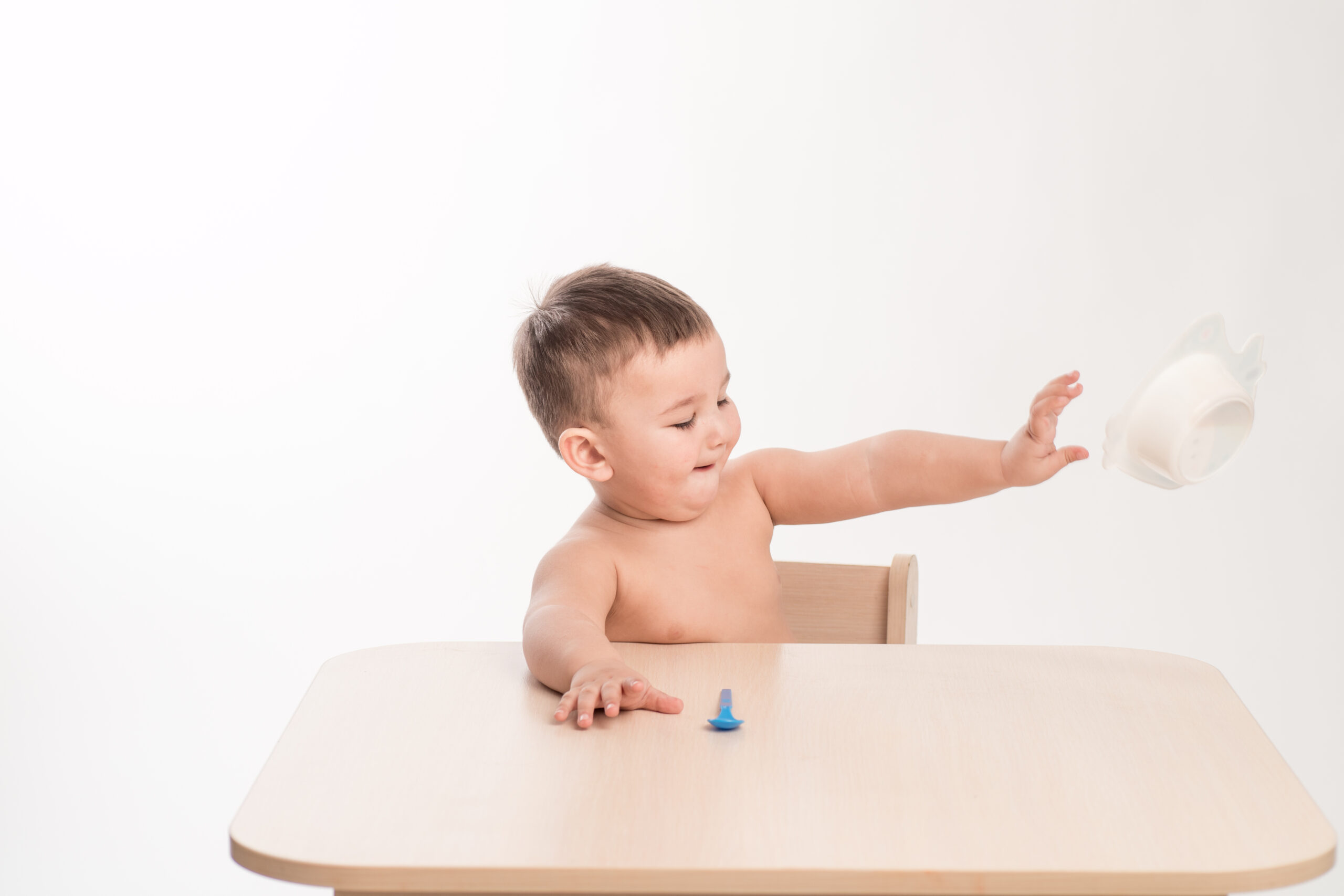
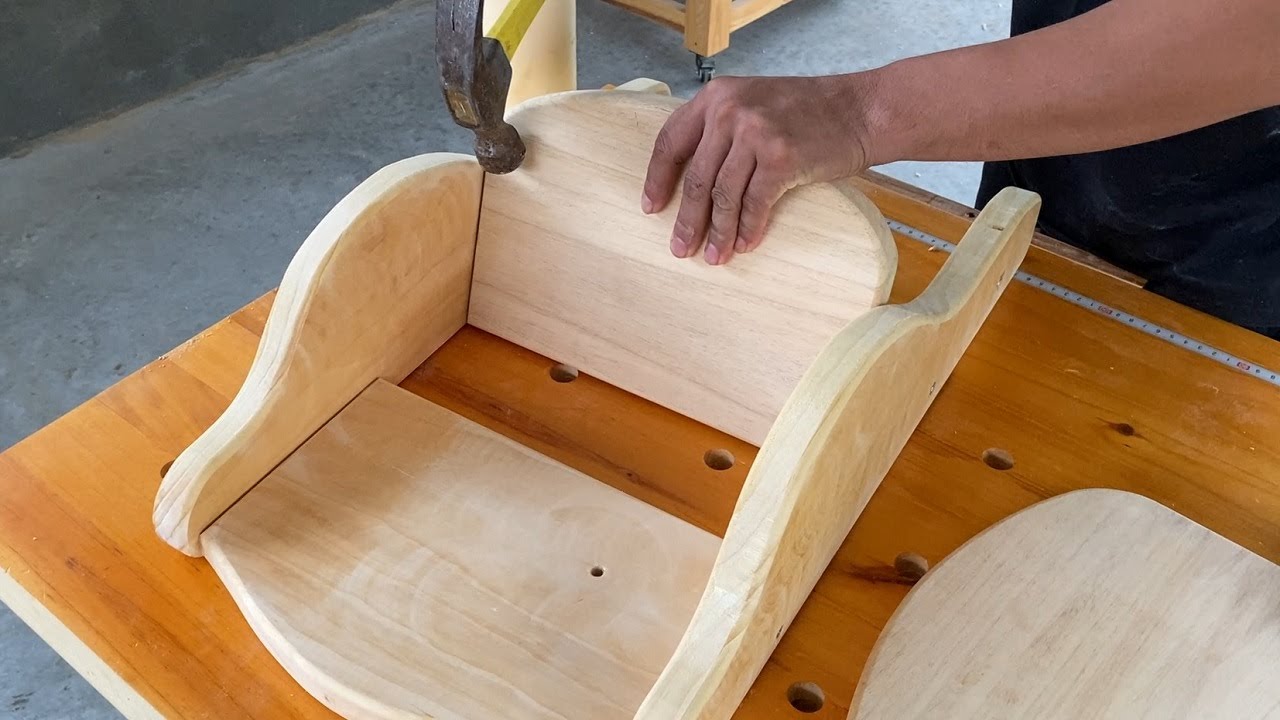
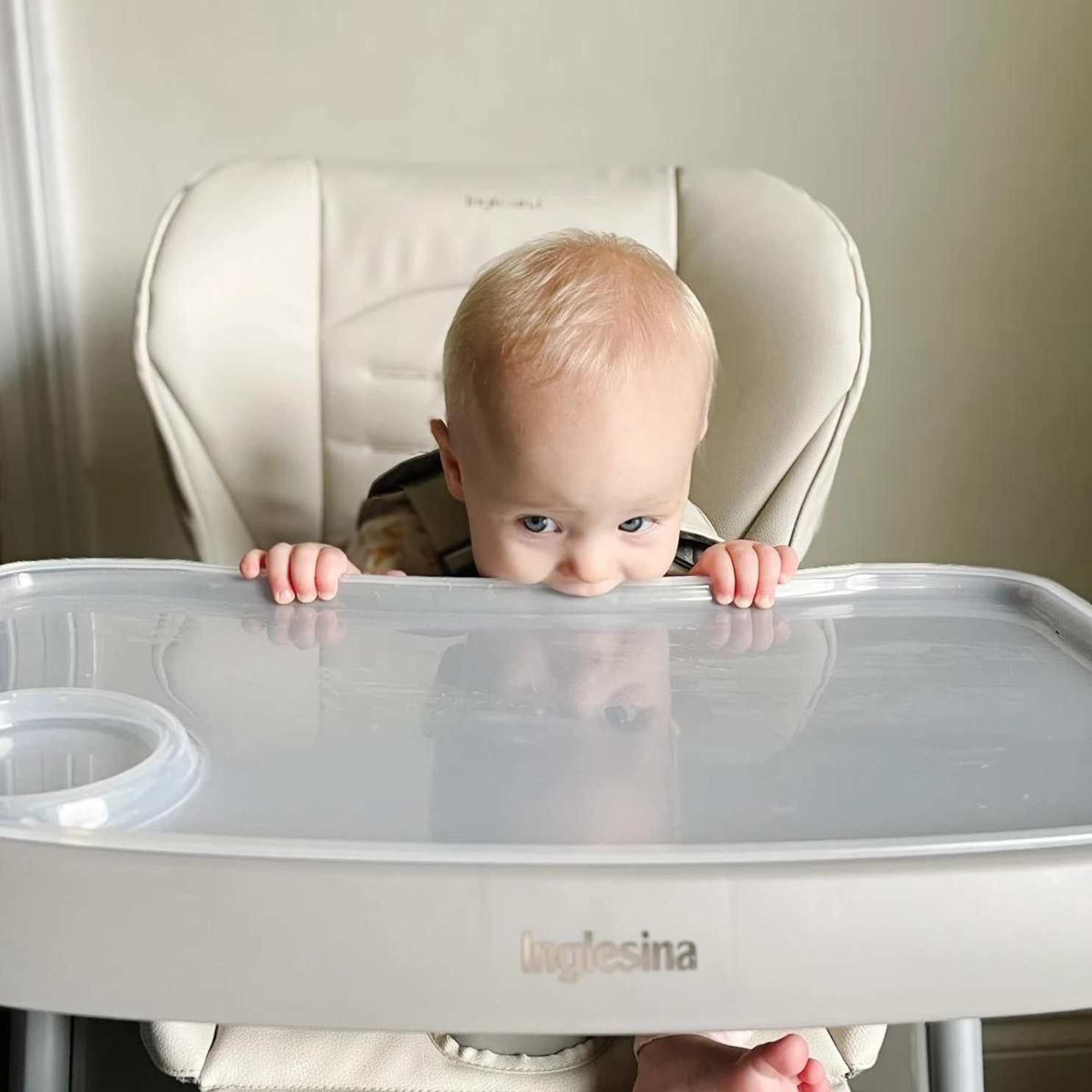
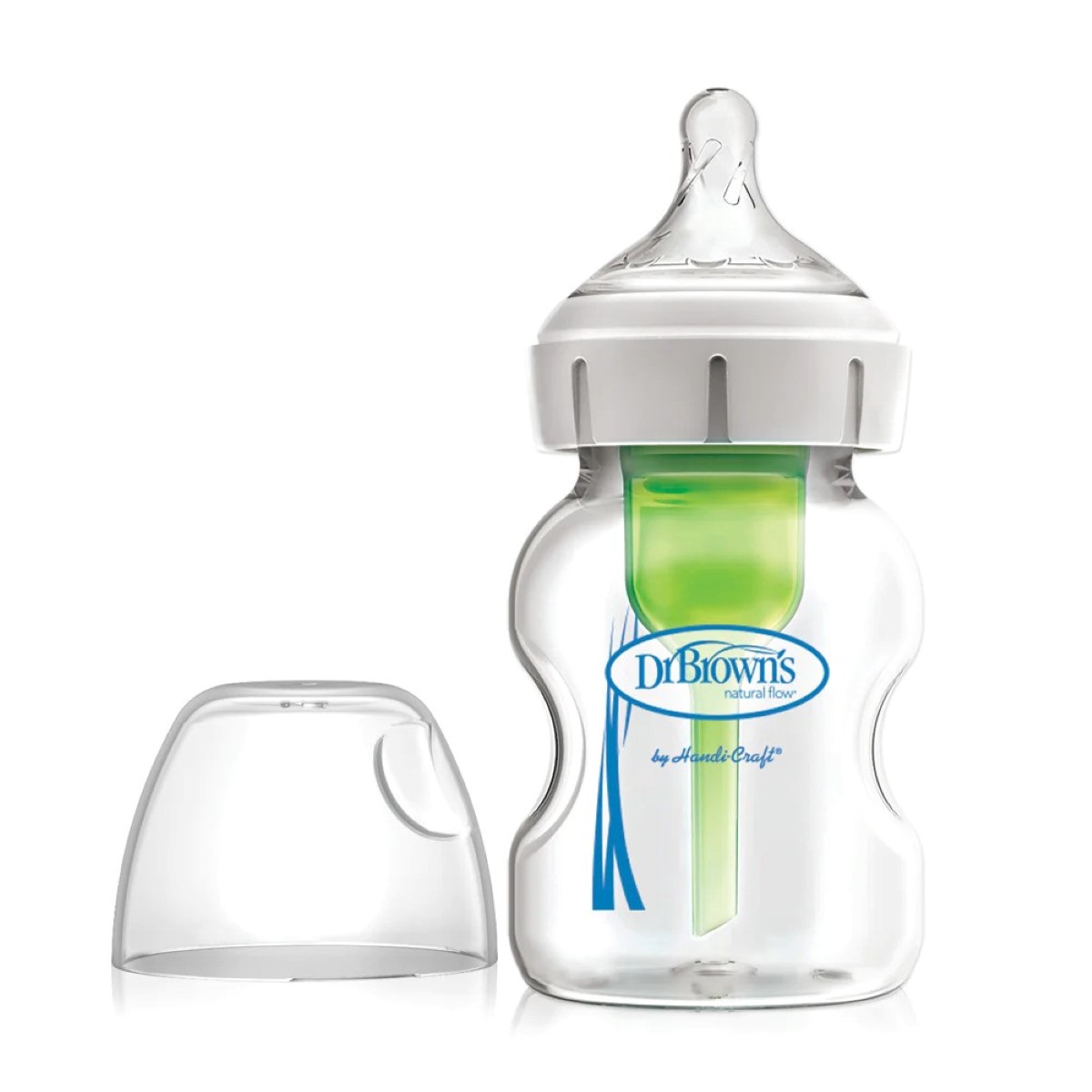
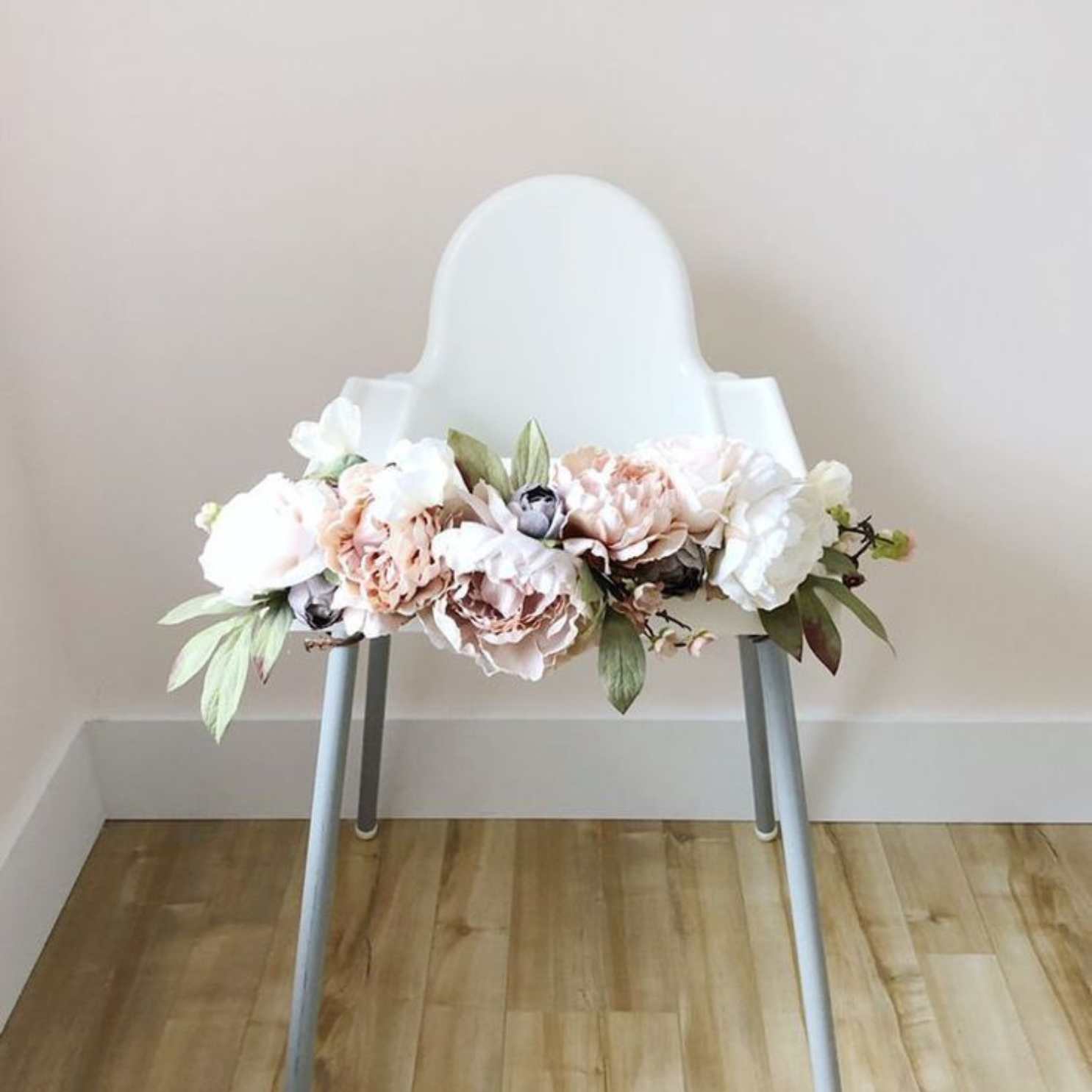
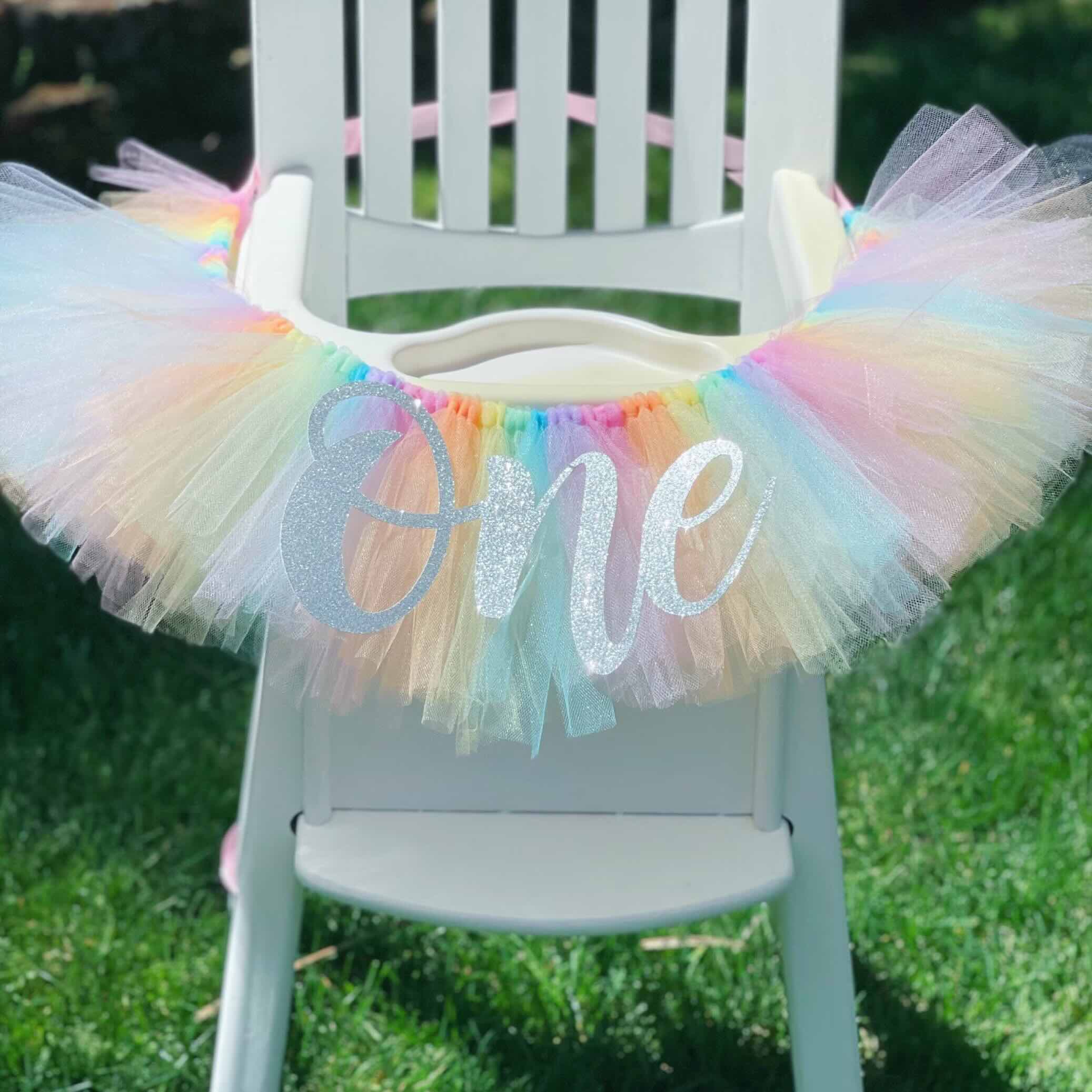
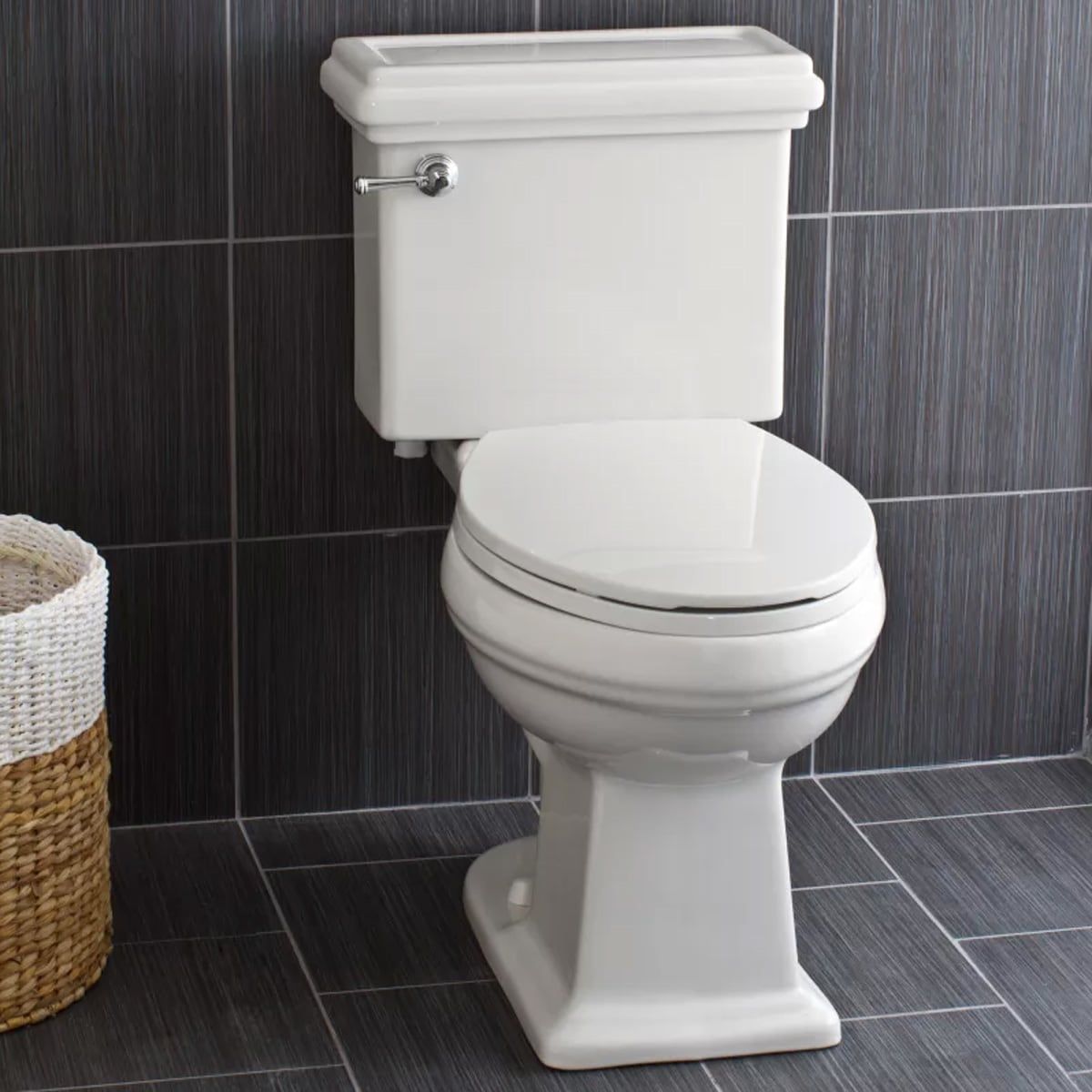
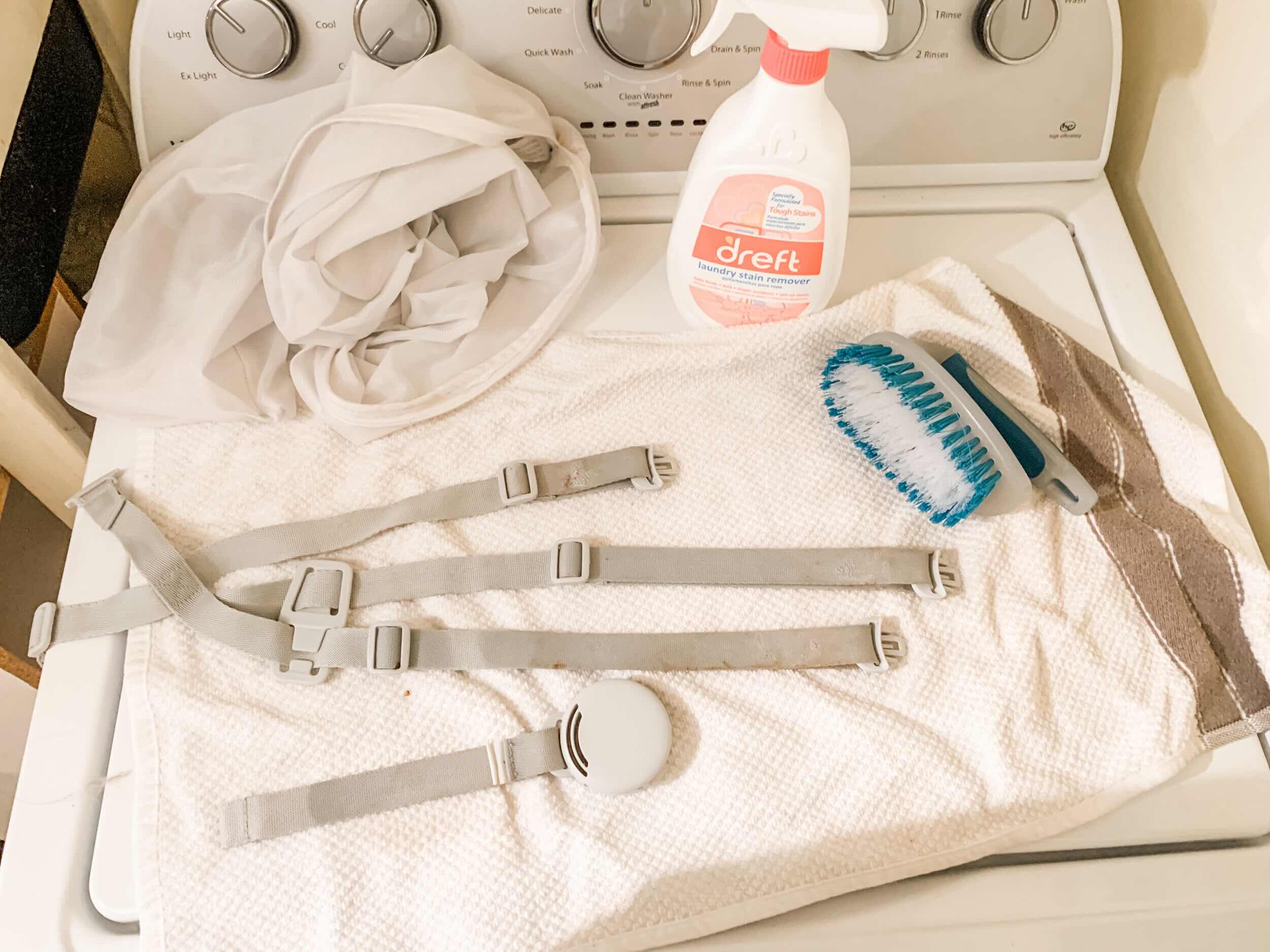
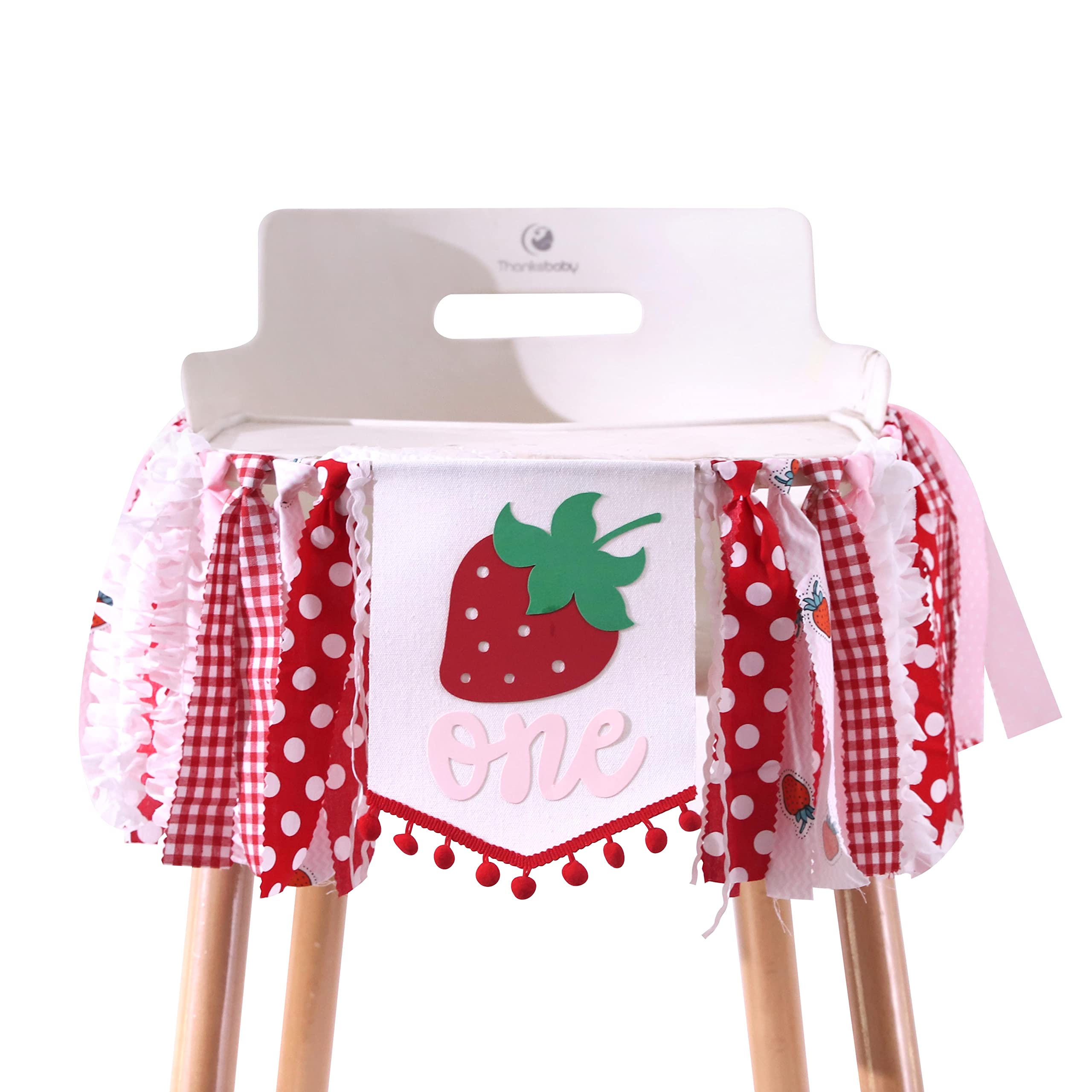
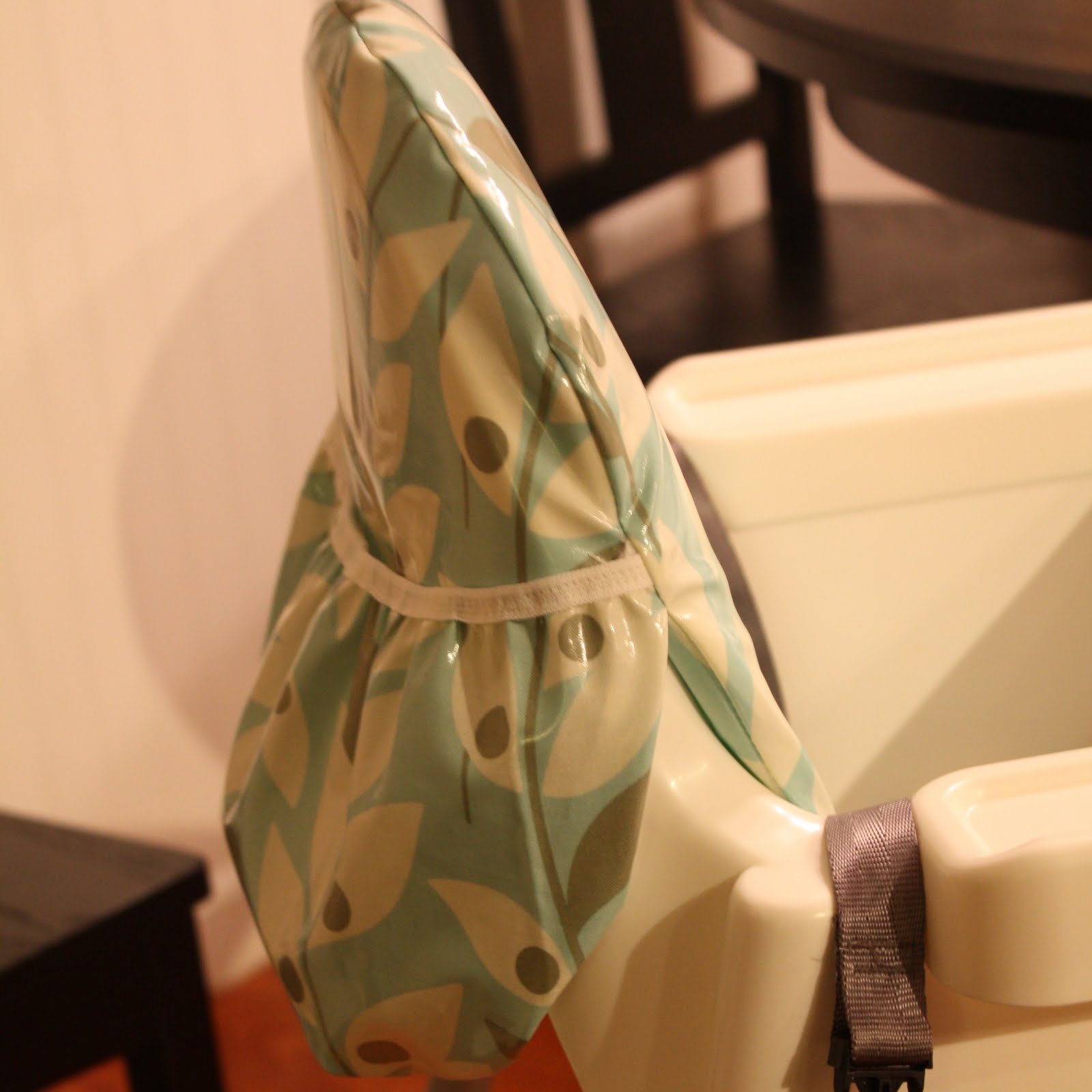
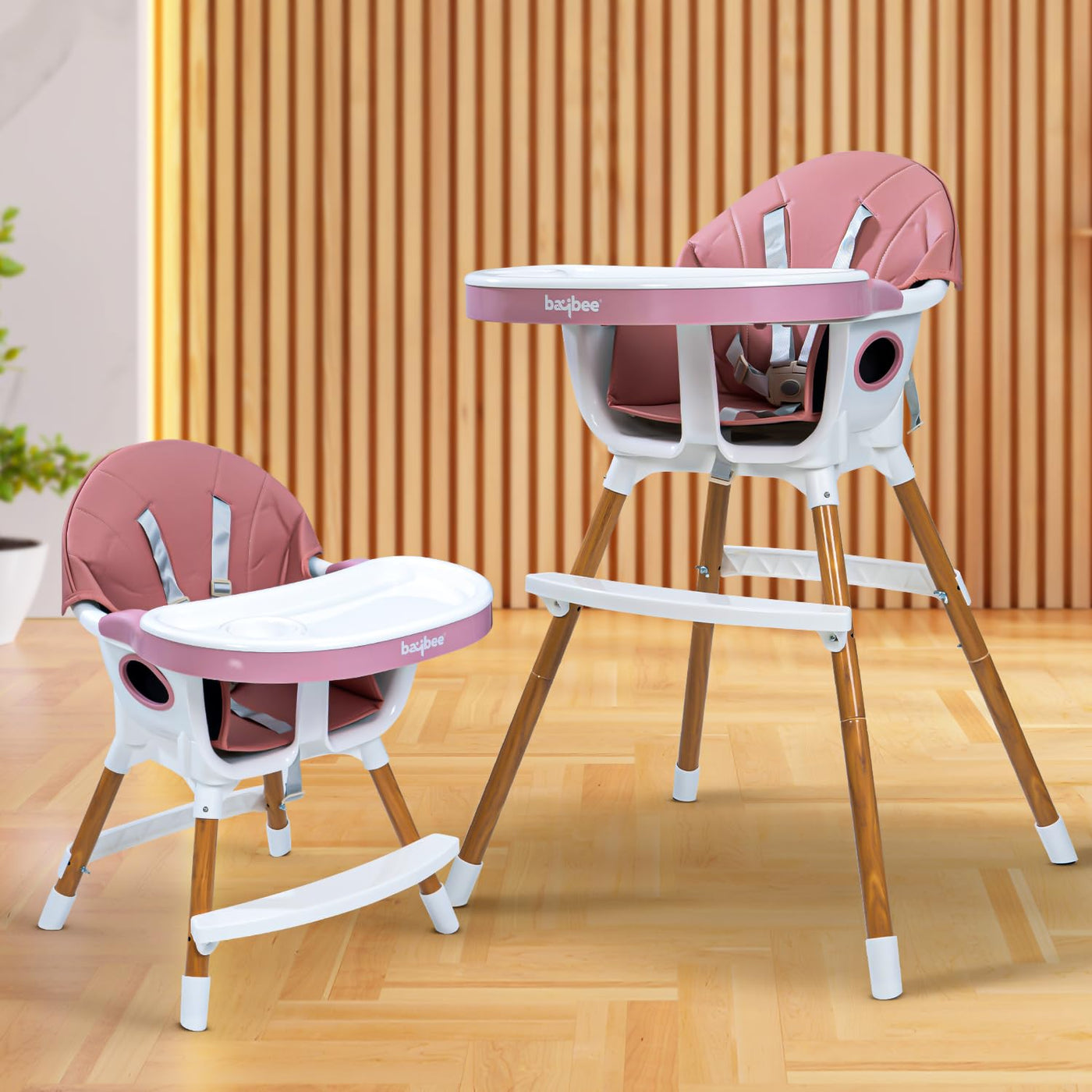
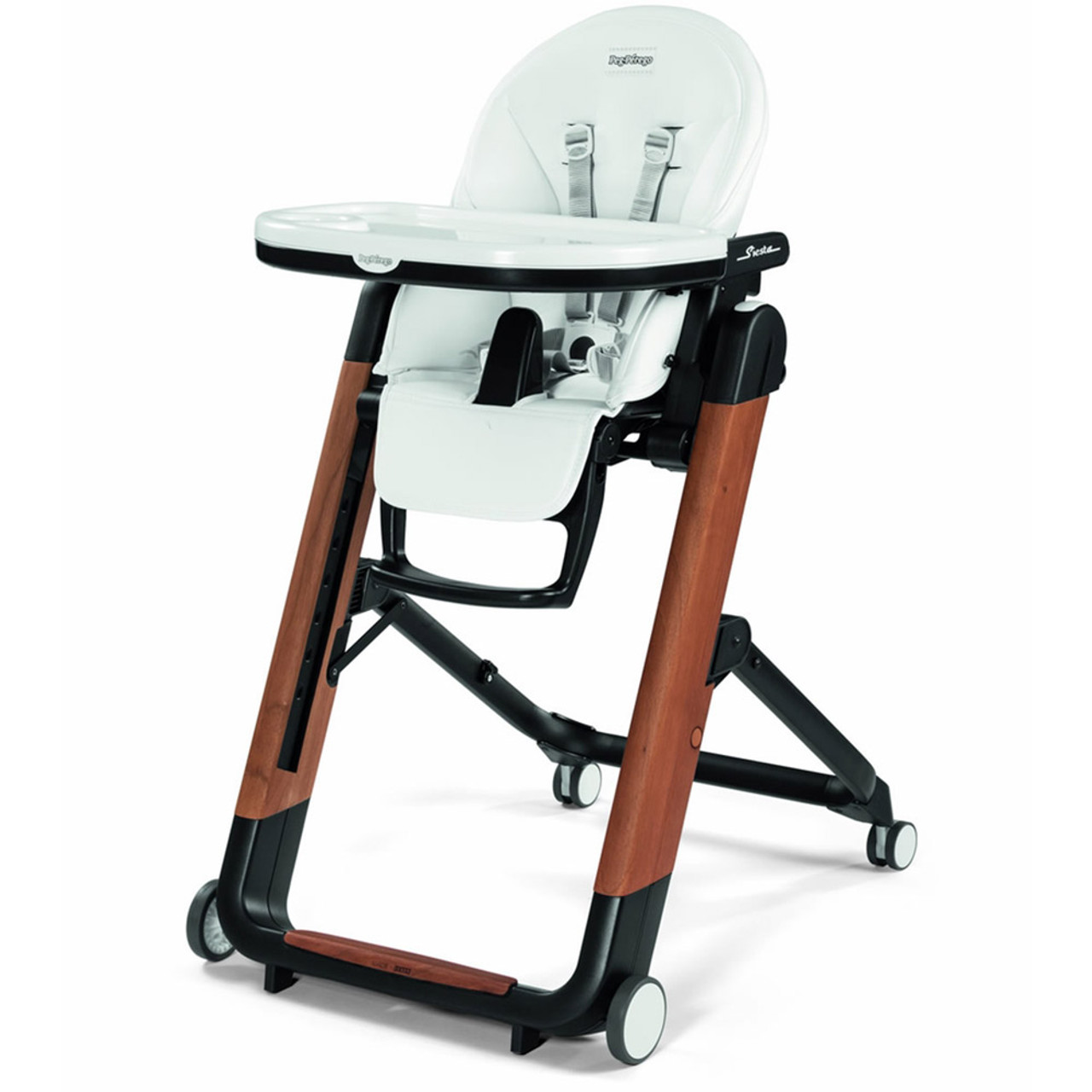

0 thoughts on “Why Was The Boon High Chair Discontinued?”